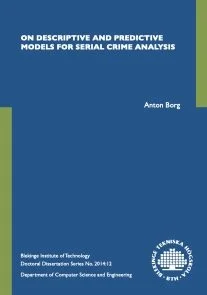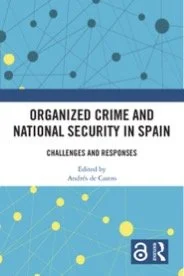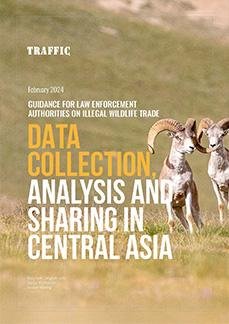By Stephen Koppel, Min Xie, Michael Rempel, Olive Lu, Jeremy Travis, & Preeti Chauhan
New York City’s response to crime and violence stands at a pivotal moment. After decades of declining crime and a shrinking criminal legal system, recent years have brought major criminal legal reforms, a global pandemic, and renewed debate about safety, fairness, and enforcement.
To help move the conversation forward, the goal of the Crossroads Project was to ground essential policy discussions in objective data concerning the pendulum swings that describe New York City’s trajectory from the 1990s to the present.
Introduction to the Crossroads Project The premise of this project is simple: In determining its response to crime and violence, New York City stands at a crossroads. After years of declining rates of crime, enforcement activities, and incarceration, New York City has experienced volatility in many of these same criminal justice measures. New realities have prompted calls for a more punitive response to crime which, in turn, are countered by advocates urging continued support for a reform agenda. Today’s choices on the path forward will have long-term consequences for the well-being of the City’s residents and communities, and for New Yorkers’ aspirations for safety, justice, and equity. To inform current policies, this report, along with another focusing on victimization, seeks to widen our perspective by drawing attention to the pendulum swings that describe the City’s longer history. These swings feature a multi-decade pattern of declining crime, enforcement activities, and incarceration from the 1990s until 2020, followed by upticks and reversals in the vacillating 2020s. The juxtaposition of this more extended view of history against present-day debates about the best path forward underscores the power of the metaphor: We are at a crossroads. The driving premise of the Crossroads project is that we have an opportunity to learn from past responses to crime—including disproportionate harm experienced by communities of color—to craft more effective policies in the future. To help move the conversation forward, our immediate purpose is to ground discussions in objective data concerning New York City’s history up to the present. We expand on two earlier analyses, 1 adding more metrics and extending the tracking period through at least 2023. In addition, an accompanying report draws on the National Crime Victimization Survey (NCVS) to document victimization trends in the City, the proportion of victimization reported to the police, and changes in victims’ confidence in police and use of services.2 Notably, that report finds that during the study period (1996 to 2022), more than half of all crimes were never reported to the police, with reporting rates declining over time—particularly for household property crime— and finds an increasing perception that police would not help if called. By contrast, the present report focuses solely on criminal complaints that are reported to the police and processed by the criminal legal system and thus may offer a more limited view of overall victimization. An executive summary available at the project landing page integrates key findings from both reports. The full report on crime victimization trends is available at this same landing page. Tied to this research, the Crossroads Convening, a two-day public event held at John Jay College in May of 2025, provides New Yorkers with an opportunity to look both backward and forward, reflecting on past trends and advancing a much-needed dialogue about the future steps New York City’s criminal legal system might take We seek to answer seven questions about the changing criminal legal landscape since 1990. 1. Crime: How have crime rates changed, encompassing the most serious violent crimes and shooting incidents, and misdemeanor crime complaints (Chapter 2)? 2. Law Enforcement: How have police enforcement activities changed, encompassing pedestrian street stops, minor summonses, felony and misdemeanor arrests, and drug arrests (Chapter 3)? 3. Decision-Making in the Courts: How have key decisions and case outcomes changed, encompassing prosecutors’ decision of whether to file arrests with the court in the first place, judges’ bail decisions, case dispositions (e.g., conviction rates), and the use of alternatives to incarceration (Chapter 4)? 4. Incarceration and Community Corrections: How have local jail, state prison, probation, and parole admissions and daily population numbers changed (Chapter 5)? 5. Recidivism After Disposition: How have recidivism rates changed for people immediately released into the community following a non-carceral case disposition (Chapter 6)? 6. Racial Disparities: Amid the overall trends, to what extent (if at all) have racial and ethnic disparities in people’s criminal legal system involvement declined (Chapter 7)? 7. The Early 2020s: Zooming in from this report’s longer-term analysis, what trends or fluctuations have taken place specifically in the early 2020s (covered in all chapters)? Answers to this last question will set the stage for a discussion of the criminal legal system we want, moving forward. Finally, Chapter 8 summarizes major themes and takeaways
New York: Data Collaborative for Justice, at John Jay College, 2025. 40p.






















